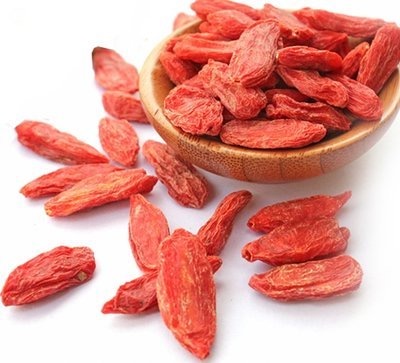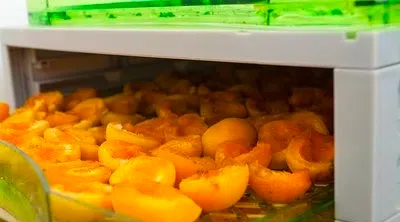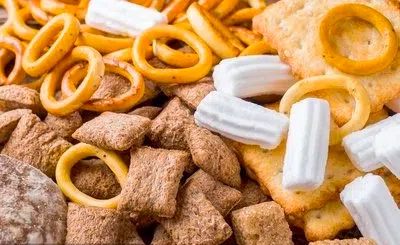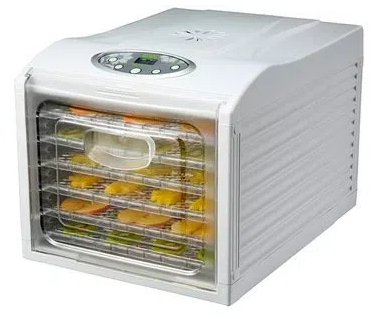
Content Menu
● Introduction
● Understanding Food Drying
● The Science Behind Food Drying
● Advantages of Using Heat Pump Technology in Food Drying
● Applications of Food Drying
● Choosing the Right Food Dryer
● Best Practices for Food Drying
● Conclusion
● Frequently Asked Questions
>> 1. What is the best method for drying fruits?
>> 2. How does heat pump technology improve food drying?
>> 3. Can I dry meat at home?
>> 4. What foods are not suitable for drying?
>> 5. How should I store dried foods?
Introduction
Food drying is an ancient preservation technique that has evolved significantly over the years. It plays a crucial role in extending the shelf life of various food items while maintaining their nutritional value and flavor. With advancements in technology, modern food dryers, particularly those utilizing heat pump technology, have revolutionized the drying process, making it more efficient and effective.

Understanding Food Drying
Food drying involves the removal of moisture from food items to inhibit the growth of bacteria, yeasts, and molds that cause spoilage. Historically, methods such as sun drying and air drying were common, but these techniques often resulted in inconsistent quality and longer drying times. Today, modern methods, including freeze drying and heat pump drying, offer more reliable and efficient solutions.
The Science Behind Food Drying
The drying process works by evaporating moisture from the food. This can be achieved through various methods:
1. Air Drying: Utilizing natural air flow, this method is simple but can be slow and weather-dependent.
2. Sun Drying: A traditional method that requires sunlight and is best suited for dry climates.
3. Freeze Drying: Involves freezing the food and then reducing the surrounding pressure to allow the frozen water to sublimate.
4. Heat Pump Drying: This modern method uses a heat pump to circulate warm air, providing a controlled environment for drying.
Each method has its advantages and disadvantages, but heat pump drying stands out for its energy efficiency and ability to maintain food quality.
Advantages of Using Heat Pump Technology in Food Drying
Heat pump technology offers several benefits for food drying:
1. Energy Efficiency: Heat pump dryers consume significantly less energy compared to traditional dryers, making them eco-friendly.
2. Consistent Drying Temperatures: They maintain lower temperatures, which helps preserve the color, flavor, and nutrients of the food.
3. Versatility: Heat pump dryers can handle a variety of food types, from fruits and vegetables to meats and herbs.

Applications of Food Drying
Food drying is widely used in both industrial and home settings. Common applications include:
1. Fruits: Dried fruits are popular snacks and ingredients in various dishes.
2. Vegetables: Dried vegetables can be rehydrated for soups and stews.
3. Meats: Jerky is a well-known dried meat product that is high in protein and has a long shelf life.
4. Herbs: Dried herbs retain their flavor and can be used in cooking.
Choosing the Right Food Dryer
When selecting a food dryer, consider factors such as:
1. Capacity: Choose a model that fits your drying needs, whether for personal use or larger batches.
2. Energy Consumption: Look for energy-efficient models to save on electricity bills.
3. Drying Technology: Heat pump dryers are recommended for their superior performance and quality preservation.
Best Practices for Food Drying
To achieve the best results in food drying, follow these best practices:
1. Preparation: Wash and cut food into uniform pieces to ensure even drying.
2. Optimal Drying Conditions: Maintain the right temperature and humidity levels for the specific food type.
3. Storage: Store dried foods in airtight containers in a cool, dark place to prevent moisture absorption and spoilage.
Conclusion
Food drying is a vital process in food preservation that enhances the quality and longevity of various food items. With the advent of heat pump technology, the drying process has become more efficient, allowing for better preservation of nutrients and flavors. As technology continues to advance, the future of food drying looks promising, with potential innovations that could further improve the quality and efficiency of this essential preservation method.

Frequently Asked Questions
1. What is the best method for drying fruits?
The best method for drying fruits often depends on the type of fruit and desired texture. Dehydrators and heat pump dryers are generally recommended for consistent results.
2. How does heat pump technology improve food drying?
Heat pump technology allows for lower drying temperatures, which helps preserve the nutritional quality and flavor of the food.
3. Can I dry meat at home?
Yes, meat can be dried at home using a dehydrator or an oven, but it is essential to follow safe practices to prevent bacterial growth.
4. What foods are not suitable for drying?
Foods with high-fat content, such as avocados and olives, are generally not suitable for drying as they can become rancid.
5. How should I store dried foods?
Dried foods should be stored in airtight containers in a cool, dark place to maintain their quality and prevent moisture absorption.












